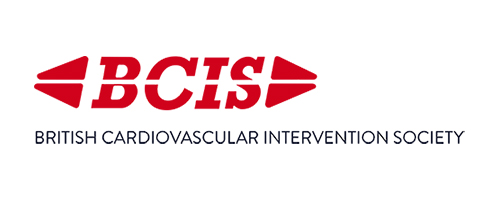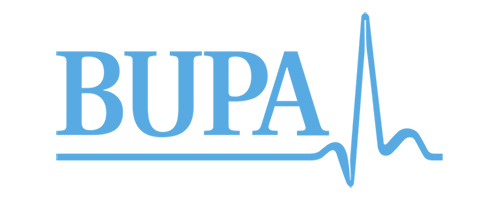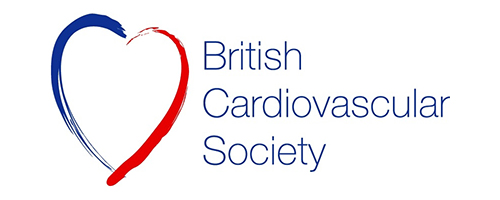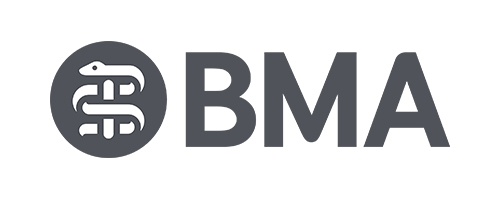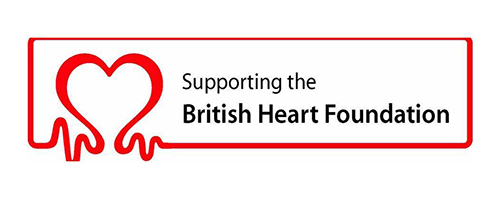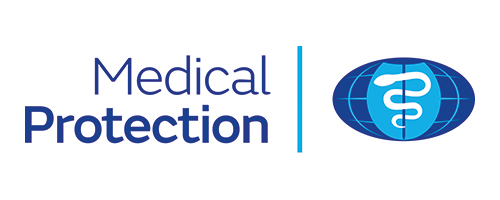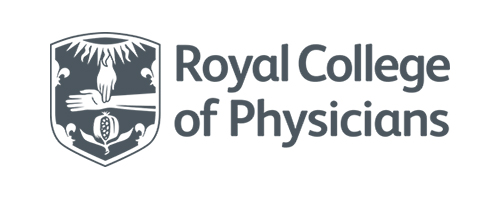Dr Saha is able to offer the choice to the patient of having private angiograms and angioplasties the at Cheltenham General Hospital or at the Spire Glen hospital.
The main selling points of having it done at the Spire Glen are:
1) patients should expect to have the genuine “private hospital ” experience as there are private rooms, and no emergency cases on the list
2) there is no risk of cancellation of a procedure due to bed pressures
3) there is a very experienced cath lab team
4) there is typically more time available for me to spend with the patients both before and after the procedure as there are no emergency patients on the list
5) there are cardiac surgical theatres and heart surgeons on site
6) there is a cardiac anaesthetist on standby.
An angiogram is a test which allows your cardiologist to visualise the coronary arteries. Specially shaped pipes or catheters are use to inject a dye into the arteries which shows up on x-ray. The procedure is normally performed as a day case.
Having an Angiogram
This procedure is undertaken in one of out partner facilities. You will need to fast for a least 4 hours for your procedure. You will be admitted to hospital. The nurses will take some details from you, check for any potential issues such as previous allergic reactions, drugs in the past, check the medication you are taking. When you have signed the consent form, you will be taken down to the cardiac catheterisation laboratory.
The procedure can be done from the wrist (the radial artery) or the leg (the femoral artery). In the Catheterisation Laboratory, the doctor will place a local anaesthetic at the puncture site. When the skin is completely frozen and anaesthetised, the doctor will insert a tiny plastic tube into the artery. Through this tiny plastic gateway, he will conduct the procedure.
Specially shaped plastic pipes allow the mouth of the coronary arteries to be engaged. A special radio-opaque dye is injected through the tube and x-ray pictures are taken. This allows the doctor and his team to see any narrowing’s or blockages. The whole procedure takes about 15 minutes.
As it is an invasive test, there is a small risk of complications. These include bruising and bleeding from the artery puncture point, or internal bleeding, but very rarely can include setting off a heart attack or stroke. Death from an angiogram is very rare.
What Happens after
When the cardiologist has gathered all the data that is required, the tube will be removed from the arm or leg. If done via the leg, more often than not, a special sealing device will often be placed at the top of the leg, in the form of a tiny plug, which seals off the puncture site of the artery and prevents any further bleeding. You will be able to sit up and have a drink almost immediately and mobilise within 2 hours. Thereafter, someone may escort you home later that day. If done from the wrist, you can sit up immediately, with a wrist band compressing the puncture site.
In the majority of cases, narrowings or blockages of the coronary arteries can be treated by a procedure called angioplasty (PCI) to reduce angina. The usual technique for this is similar to Coronary Angiography from the patient’s point of view and may well follow on from a Coronary Angiography procedure. A very thin wire is passed through a blockage. Over this wire the consultant can open and support the artery using a varity of balloons and stents.
Do I need PCI?
Clearly it is necessary to demonstrate the presence of narrowing’s in the coronary arteries before performing angioplasty. This is usually done via angiography. Angioplasty is at its most effective in treating unstable angina and treating patients having a heart attack.
What is involved and what are the risks?
A special shape is passed up the femoral or radial artery and sited at the mouth of the coronary artery that is narrowed. Through this tube, a very fine steel wire, 1/14,000 of an inch in diameter is navigated across the narrowing. When the steel wire tip is safely positioned at the far end of the artery, a tiny balloon is slid over the steel wire. When this balloon is in the position of the narrowing artery, it is inflated to high pressure using a special hydraulic inflation device. The pressure delivered to the balloon is transmitted to the arterial wall. The pressure cracks and stretches the plaque of cholesterol. The Cardiologist will usually decide to deploy a stent. If the narrowing is very tough, a drill (rotablator) may be needed prior to stent.
Once the coronary artery has been successfully treated, the access pipe in the wrist or leg is removed and the hole closed by pressure or a plug. It is customary to keep patients in overnight and repeat an Electrocardiogram and a blood test the following morning. If there are no complications, you will be allowed home early the next day.
The risks of Angioplasty are broadly similar to those of Coronary Angiography, however, there are more specific risks associated with the Angioplasty procedure itself. These tend to be damage to the coronary artery wall, the provocation of a heart rhythm disturbance or damage to the artery such that the patient may require a bypass operation. This tends to occur in less than 1:200 patients treated.




